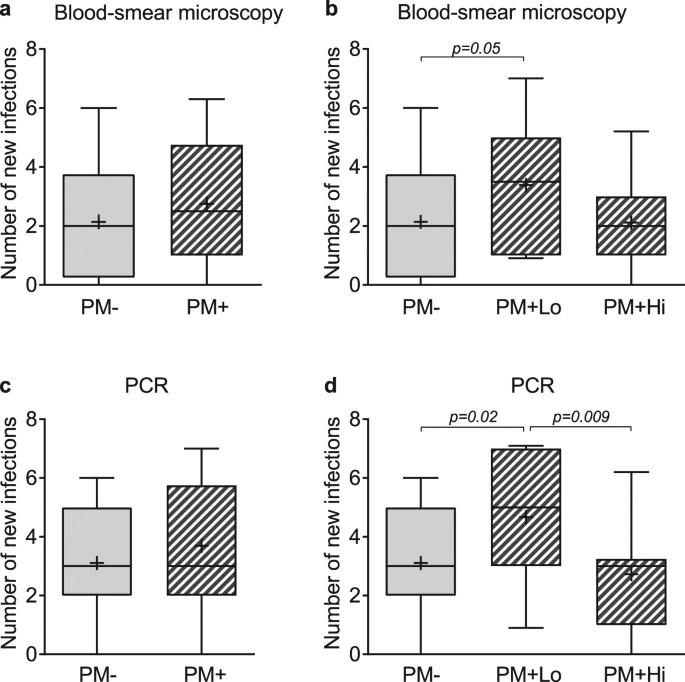
Akt Uplotneniya Peska Blank
0.3 2019-03-08T08:07:26Z. 0.3 2019-03-08T08:07:26Z. Weekly 0.3 weekly 0.3.
Contents • • • • • • • Function [ ] The AKT1 is catalytically inactive in serum-starved primary and immortalized. AKT1 and the related are activated by -derived. The activation is rapid and specific, and it is abrogated by mutations in the of AKT1. It was shown that the activation occurs through. In the developing AKT is a critical mediator of growth factor-induced neuronal survival. Survival factors can suppress in a transcription-independent manner by activating the serine/threonine kinase AKT1, which then and inactivates components of the apoptotic machinery.
Mice lacking Akt1 display a 25% reduction in body mass, indicating that Akt1 is critical for transmitting growth-promoting signals, most likely via the receptor. Mice lacking Akt1 are also resistant to cancer: They experience considerable delay in tumor growth initiated by the or the. A in this gene causes. History [ ] AKT (now also called AKT1) was originally identified as the in the transforming, AKT8. AKT8 was isolated from a spontaneous cell line derived from by cocultivation with an indicator mink cell line. The transforming cellular sequences, v-akt, were cloned from a transformed mink cell clone and these sequences were used to identify Akt1 and Akt2 in a human clone library.
AKT8 was isolated by Stephen Staal in the laboratory of Wallace P. Rowe; he subsequently cloned v-akt and human AKT1 and AKT2 while on staff at the Johns Hopkins Oncology Center. In 2011, a mutation in AKT1 was strongly associated with Proteus syndrome, the disease that probably affected the. The name Akt stands for Ak strain transforming. The origins of the Akt name date back to 1928, where J. Furth performed experimental studies on mice that developed spontaneous thymic lymphomas.
Mice from three different stocks were studied, and the stocks were designated A, R, and S. Stock A was noted to yield many cancers, and inbred families were subsequently designated by a second small letter (Aa, Ab, Ac, etc.), and thus came the Ak strain of mice. Further inbreeding was undertaken with Ak mice at the Rockefeller Institute in 1936, leading to the designation of the AKR mouse strain. In 1977, a transforming retrovirus was isolated from the AKR mouse. This virus was named Akt-8, the 't' representing its transforming capabilities. Interactions [ ] AKT1 has been shown to with. • Hemmings BA (1997).
'Akt signaling: linking membrane events to life and death decisions'. 275 (5300): 628–30.. • Vanhaesebroeck B, Alessi DR (2000). 346 (3): 561–76..
• Chan TO, Rittenhouse SE, Tsichlis PN (2000). 'AKT/PKB and other D3 phosphoinositide-regulated kinases: kinase activation by phosphoinositide-dependent phosphorylation'. 68: 965–1014.. • Pekarsky Y, Hallas C, Croce CM (2001).
'Molecular basis of mature T-cell leukemia'. 286 (18): 2308–14.. • Dickson LM, Rhodes CJ (2004).
Game pes 2016 bal editor pc. [XBOX 360/PC] PES 2016 ML/BL Editor v1.2 [] by extream87 Hello all, new version of tool is now out. Now working in PC version. If someone find bugs just report here. The biggest totally free game fix & trainer library online for PC Games [Pro Evolution Soccer 2016 v1.1.0.0 BAL EDITOR beta1; Pro.
'Pancreatic beta-cell growth and survival in the onset of type 2 diabetes: a role for protein kinase B in the Akt?' 287 (2): E192–8.. 
• Manning BD (2004). 167 (3): 399–403.. • Shinohara M, Chung YJ, Saji M, Ringel MD (2007). 'AKT in thyroid tumorigenesis and progression'. 148 (3): 942–7..
External links [ ] • - Learn more about AKT1 Reference Controls • Human genome location and gene details page in the.